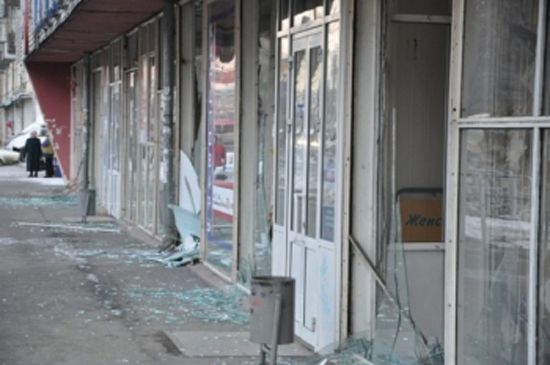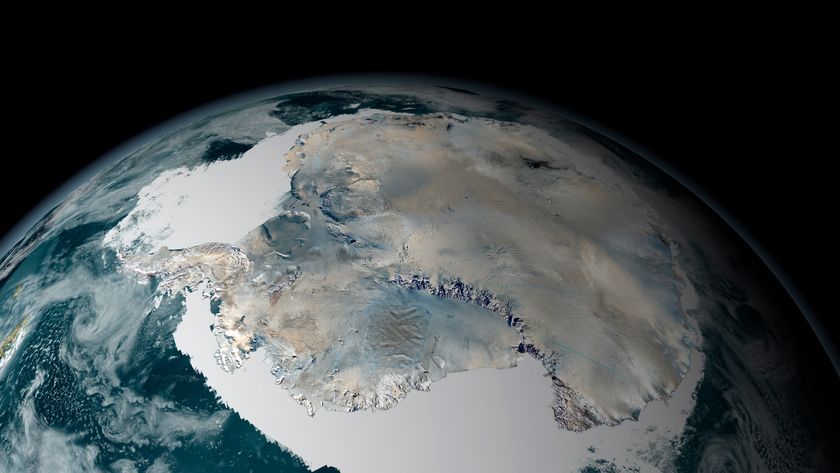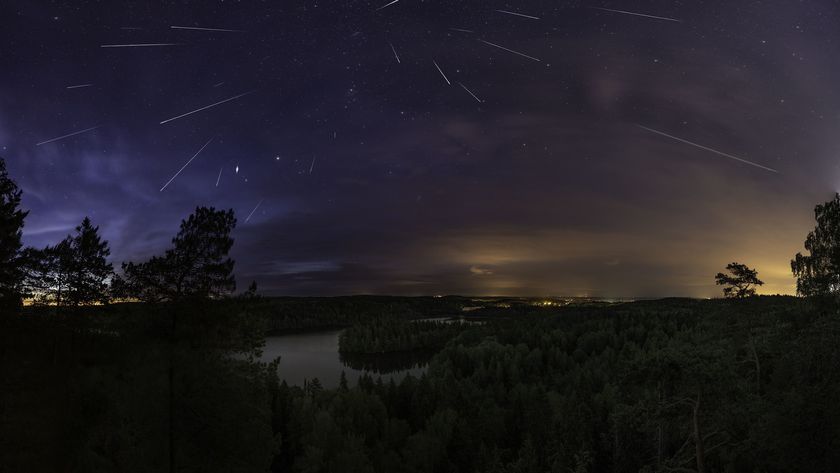What If Your Town Were Hit by a Meteor?

Hollywood loves a good disaster. And one of its favorite disasters, seen in films like "Armageddon" and "Deep Impact," occurs when Earth is hit by an asteroid.
But as the world saw Friday (Feb. 15) when a meteor exploded over Russia, such a cosmic strike is not just the stuff of screenwriters' fantasies. The unexpected event brings up the question many may have, "What if a meteorite hit my town?"
The Russian meteor, seen in the Chelyabinsk region east of the Ural Mountains, injured over 1,000 people (mostly due to flying glass), but there were no reported fatalities, according to news reports.
"In a more populated city, we'd see much more of the same," said Dr. Irwin Redlener, director of the National Center for Disaster Preparedness at Columbia University in New York. [See Images of the Russian Meteor Explosion]
"One would not be surprised to see fatal injuries from flying debris," Redlener told LiveScience. "We could anticipate some very serious damage."
Of course, if you've seen one meteor strike, you've seen just one meteor strike. The risks presented by a meteor vary depending on its size, location and trajectory. It also depends on whether or not the meteor erupts in a fireball in the atmosphere, or if a meteorite actually strikes the surface of the Earth.
While small meteors enter the Earth's atmosphere on a regular basis and cause no significant damage, larger asteroids impact the Earth roughly every two to 12 years. An airbursting asteroid, called a bolide, exploded in a fireball over Indonesia in 2009, releasing the energy equivalent of some 110,000 pounds (50,000 kilograms) of TNT.
Sign up for the Live Science daily newsletter now
Get the world’s most fascinating discoveries delivered straight to your inbox.
The recent Russian meteor broke up as it sped through the atmosphere at about 40,000 miles per hour (64,374 km per hour), Bill Cooke of the Meteoroid Environments Office at NASA's Marshall Space Flight Center in Huntsville, Ala., said in a NASA press briefing. Had a large piece of it struck the surface of the Earth, damage would have been considerably greater.
''You would probably see considerable fatalities if it hit a populated area,'' Hugh Lewis, an astronautics expert from the University of Southampton, England, told the Daily Echo.
Fortunately, ''something that size very rarely penetrates through the atmosphere,'' Lewis said. ''The atmosphere provides us with this amazing defense, so it results in this amazing fireball, and it fragments into smaller objects.''
The ability of communities to withstand a meteoric fireball, or any other disaster, depends primarily on two things, according to Redlener: preparedness and response. And in both of these areas, while people are getting better, there's significant room for improvement.
"Our capability to respond has been increasing substantially, especially in large urban areas," Redlener said. However, as the scale of the disaster increases, "that capability diminishes significantly. The system's very fragile."
And levels of preparedness vary from city to city and region to region. "It's extremely random. What we end up with is a patchwork of preparedness," Redlener said, referring to current disaster response plans as "random acts of preparedness."
Follow LiveScience on Twitter @livescience. We're also on Facebook & Google+.












